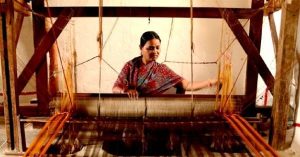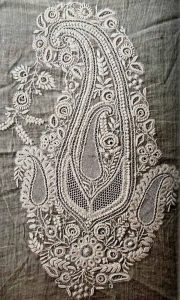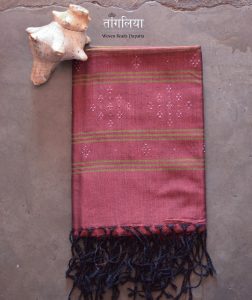 INTRODUCTION
INTRODUCTION
The textile-handicraft sector in India is a treasure trove of tradition, artistry and regional identity. From hand-woven silks of South India, block-prints of Rajasthan, to appliqué works in Odisha, the diversity is vast. More than aesthetic, these are livelihoods, culture-bearers, and part of the nation’s soft power.
Historical & Cultural Roots
Textile handicrafts in India have deep roots:
-
Many craft forms evolved over centuries, often linked to royal patronage or guilds, and handed down through generations.
-
Textiles were not just garments but status symbols, ritual objects, dowry pieces, trade goods and cultural bridges.
-
Regional geography, local raw‐materials (cotton, silk, wool), climate, and community traditions shaped distinct craft identities.
Key Techniques & Craft Forms
Here are some representative techniques and crafts, to illustrate the variety
1. Hand-weaving and handloom fabrics

-
For example, the article “Handloom Everyday ‘Handmade textiles are the greatest form of luxury’” highlights that India has over 16 million handloom weavers whose skills distinguish the country in the global fashion world.
-
Hand-loom textiles often use natural fibres (cotton, silk) and traditional looms with local motifs.
-
The handloom sector also carries strong cultural and sustainable credentials (lower mechanisation, more artisan involvement)
2. Embroidery & embellishment,

-
Embroidery techniques such as Chikankari (Lucknow) are emblematic of Indian textile handicraft.
-
These embellishments often narrate local motifs (flora, fauna, geometric patterns) and are labour intensive.
3. Printing, dyeing & finishing

-
For example, the craft of Bagh print in Madhya Pradesh involves hand-printed wood blocks and natural dyes.
-
These methods often use local dyes, motifs, and hand-processes which distinguish them from mass-production
-
4. Specialty textiles & regional gemsm mass-production

-
For instance, the Tangaliya work (surendranagar district, Gujarat) is a hand-woven shawl work with distinctive raised-dot patterns and has a GI (Geographical Indication) tag. https://www.handycrafts.xyz/about-us/
-
The Surat zari craft (Gujarat) involves silk/cotton thread interwoven with gold or silver-coated wires. Wikipedia
-
The Toda embroidery of the Toda community in the Nilgiris is another example of a specialty textile craft.
Economic Importance & Social Impact
-
The textile & handicraft sectors together are among India’s largest employment generators after agriculture. Business Standard
-
These crafts often involve rural artisans, women-weavers, traditional communities — thus holding both economic and social significance.
-
The crafts carry value-addition (hand-made, unique pieces) and export potential
Opportunities & the Way Forward
-
Heritage textile crafts offer strong potential for premiumisation: handmade = luxury, limited editions, narratives of authenticity.
-
Collaboration between designers, artisans and global markets can help traditional crafts find new relevance (while respecting authenticity).
-
Emphasising sustainability, ethical production, local empowerment can give a competitive edge.
-
Digital tools (design, marketing, supply chain) offer interesting prospects for scaling while retaining craft values
Conclusion
Textile handicrafts in India are far more than just beautiful fabrics. They are a living heritage, a livelihood for millions, a bridge between past and future, and a unique cultural export. Protecting and promoting them requires care — respect for tradition, smart adaptation for today’s world, and market / policy support to ensure artisans thrive.
